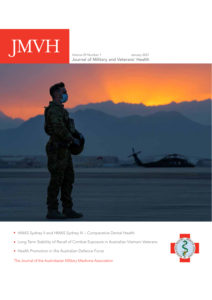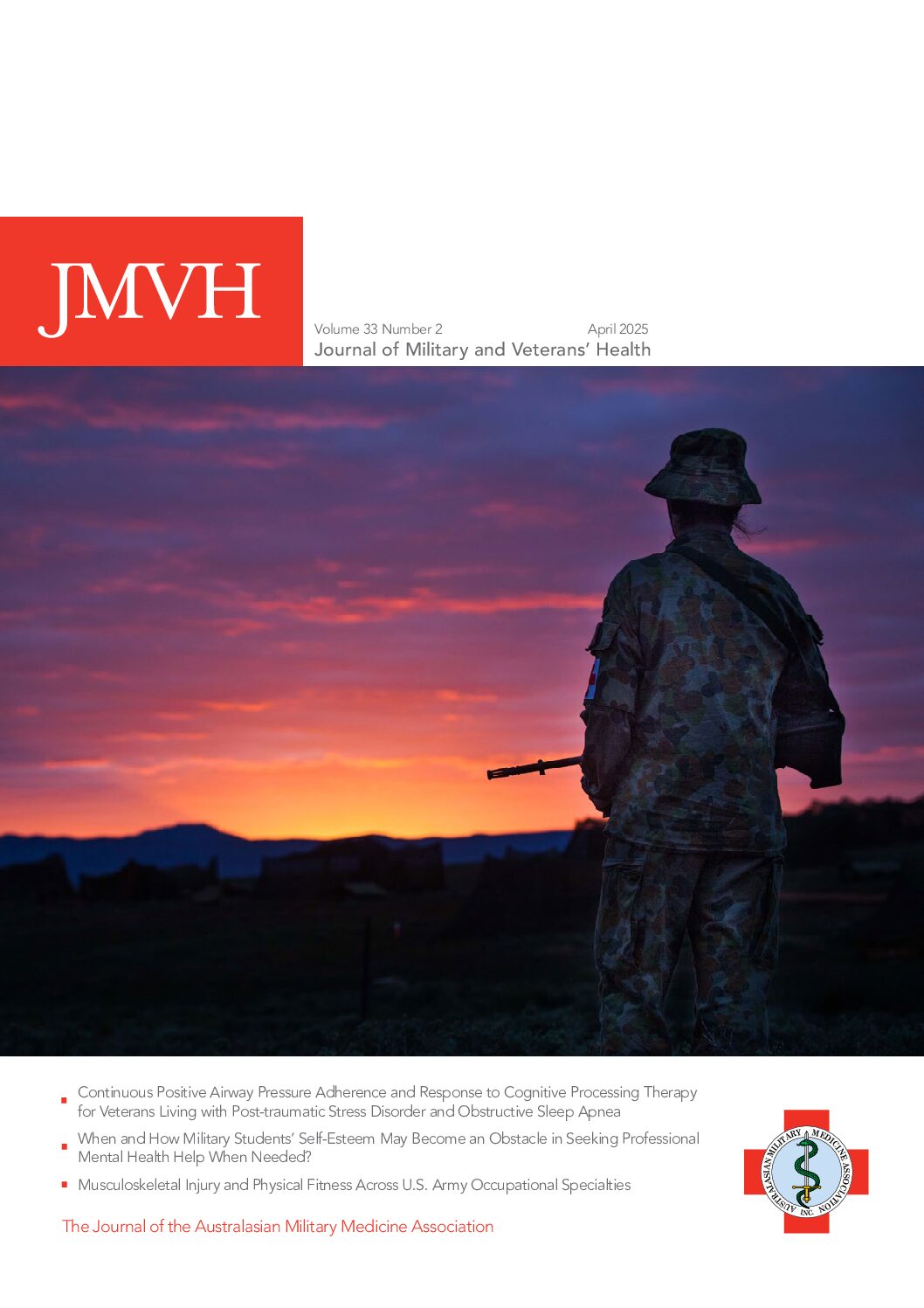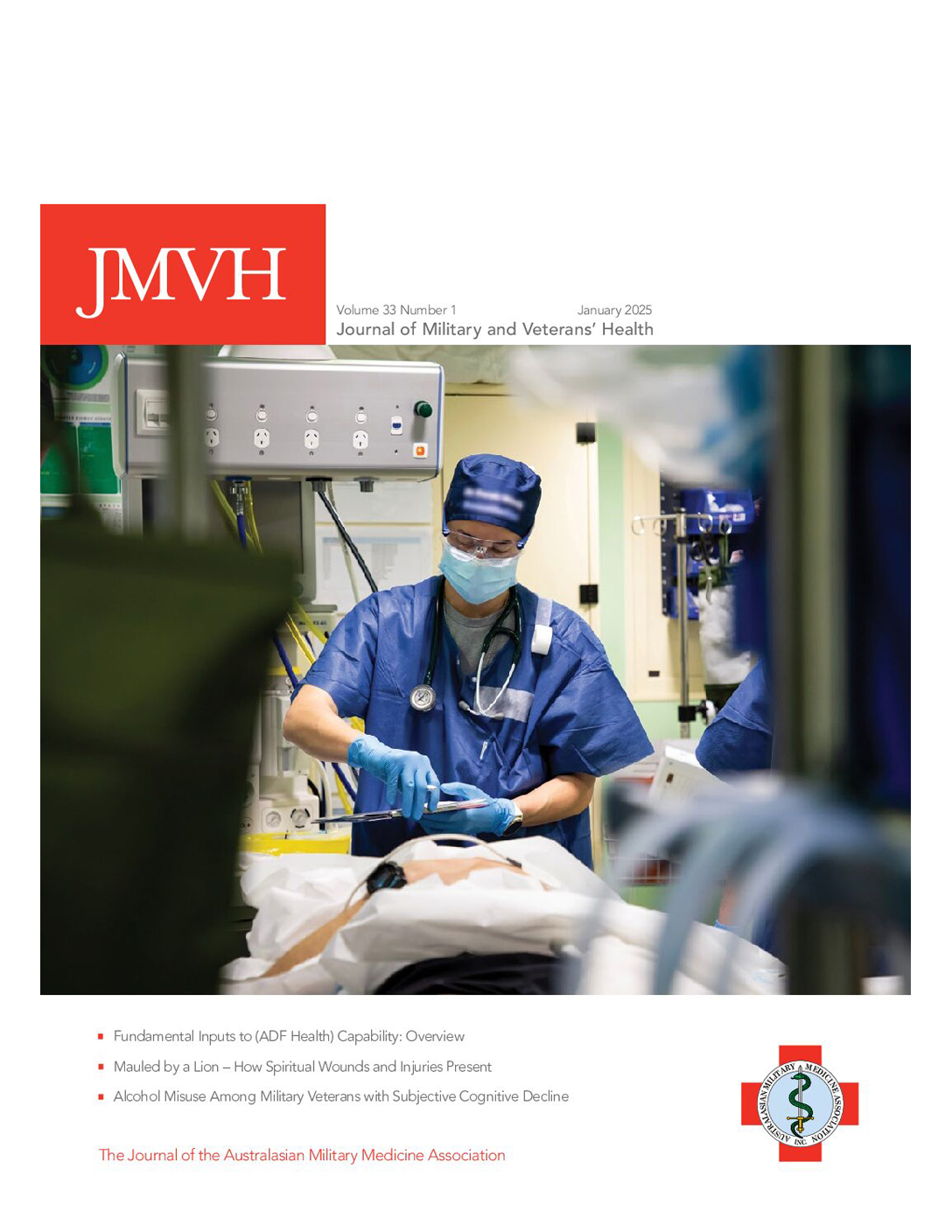Testosterone and Vitamin D Concentrations in Military Personnel Following Traumatic Brain Injury
K Tillotson, LM Wentz, M Roy, CS Berry-Caban Abstract Background: Traumatic brain injury (TBI) has been shown to cause pituitary dysfunction, manifesting in low testosterone concentrations, and previous research suggests a link with vitamin D deficiency. Purpose: To compare testosterone and vitamin D concentrations in service members with and without a TBI, and to identify… Read more »




 Download the whole edition here.
Download the whole edition here.


